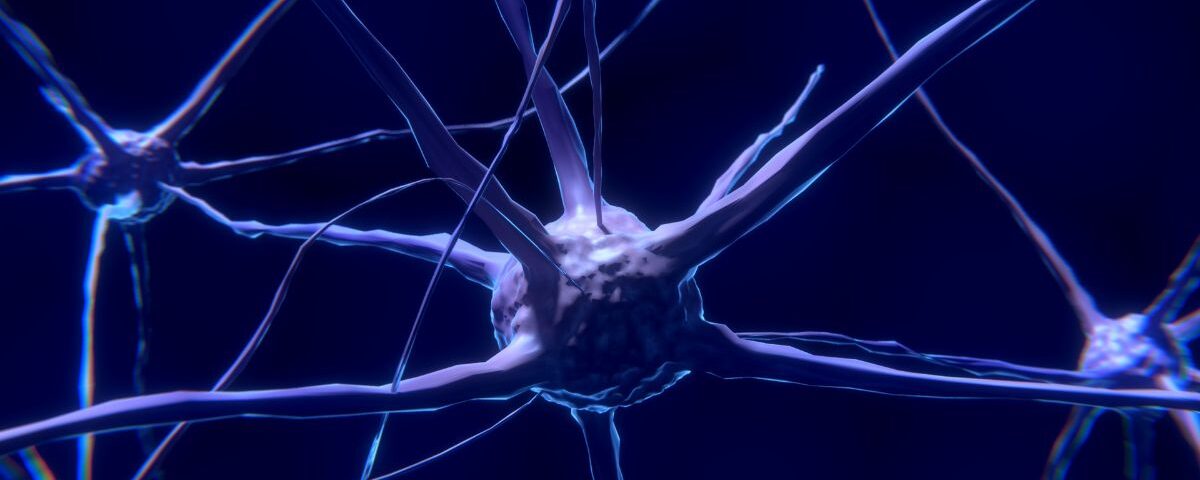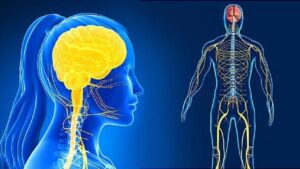At Touro College of Osteopathic Medicine (TouroCOM), neurophysiology is more than a subject—it’s a clinical lens through which students learn to view the entire human body. From how a patient blinks to how they balance, understanding neurophysiology equips students to make faster, more accurate decisions when lives are on the line.
What Is Neurophysiology—and Why Does It Matter?
Neurophysiology is the study of how the nervous system functions, particularly how the brain, spinal cord, and peripheral nerves interact to control the body. It includes everything from how reflexes work to how pain is perceived and processed.
At TouroCOM, neurophysiology is deeply integrated into the medical curriculum. Students not only learn the theory—they learn how to apply it to real-life medical cases.
From Classroom to Clinic: The TouroCOM Approach
At many schools, neurophysiology is treated as a background science. But at TouroCOM, it’s foundational to clinical reasoning.
- During simulation labs, students use neurophysiological principles to assess patients with strokes, seizures, or neuropathies.
- Case-based learning connects textbook theory to real-world patient symptoms.
- Clinical instructors emphasize how an understanding of neural pathways, synaptic function, and cortical mapping leads to faster, more informed diagnoses.
“You can’t treat what you don’t understand,” says Dr. Janet Liu, a neurophysiology professor at TouroCOM. “Our students don’t just memorize—they interpret, question, and apply.”
Smarter Diagnoses Through Neural Mapping
Let’s say a patient arrives with facial droop and slurred speech. A TouroCOM student trained in neurophysiology instantly thinks:
- Is this upper or lower motor neuron?
- Is cranial nerve VII involved?
- Could this be a stroke in the MCA territory?
Understanding the nervous system allows the student to narrow the differential diagnosis quickly, order appropriate imaging, and act decisively—often minutes faster than someone without that foundational training.
Neurophysiology in Osteopathic Practice
As a school of osteopathic medicine, TouroCOM encourages students to integrate structural and functional understanding. Neurophysiology enhances:
- Osteopathic manipulative treatment (OMT) by targeting nerve function and reflex arcs.
- Pain management by recognizing pathways of chronic nerve irritation.
- Holistic care by connecting emotional, neurological, and physical health.
Real-World Skills, Not Just Academic
TouroCOM doesn’t teach neurophysiology as an academic exercise. Students are exposed to:
- Clinical skills labs where neuro exams are performed and analyzed
- Standardized patient interactions that challenge their diagnostic thinking
- Board-style questions that tie neurophysiology directly to patient care
In this way, neurophysiology becomes a language—one that helps future physicians communicate with the body, even when patients can’t.
Why It Matters More Than Ever?
In a world of increasing specialization, TouroCOM ensures its graduates are broad thinkers and sharp diagnosticians. Neurophysiology plays a key role in that mission. Whether a student ends up in family medicine, neurology, or emergency care, this foundation helps them:
- Spot early signs of neurological decline
- Connect symptoms across systems
- Act faster and with more confidence
Conclusion: Where Science Meets Empathy
At TouroCOM, neurophysiology isn’t just about neurons and synapses—it’s about people. It’s about hearing a complaint and instantly translating it into action. It’s about understanding the complexity of the human nervous system so deeply that students can use it to heal, comfort, and save lives.
If you’re considering a future in medicine, remember: the smartest doctors don’t just study the brain. They learn how to use it—and at TouroCOM, that’s exactly what neurophysiology is for.
FAQs
Q: Is neurophysiology a required course at TouroCOM?
Yes, it’s a core component of the pre-clinical curriculum.
Q: Do students use neurophysiology in OMT?
Absolutely. It’s key to understanding reflexes, pain pathways, and muscle control.
Q: How does neurophysiology help in real clinical settings?
It allows for faster, more accurate diagnoses—especially in neurological and emergency cases.




